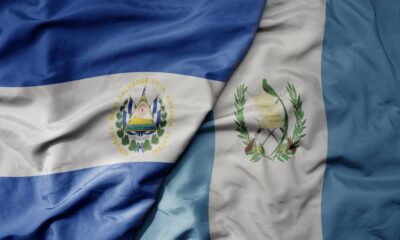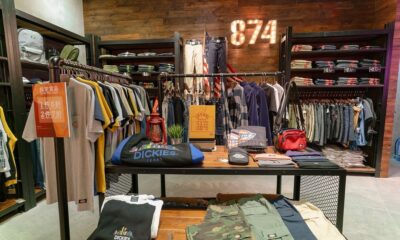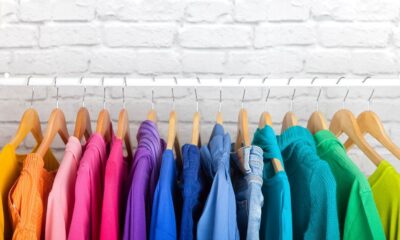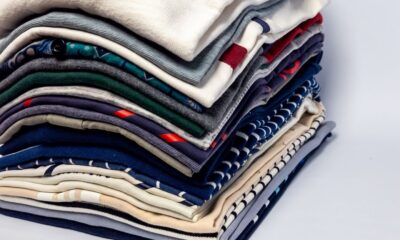Fashion
US brand Under Armour & Stephen Curry to separate Curry Brand in 2026
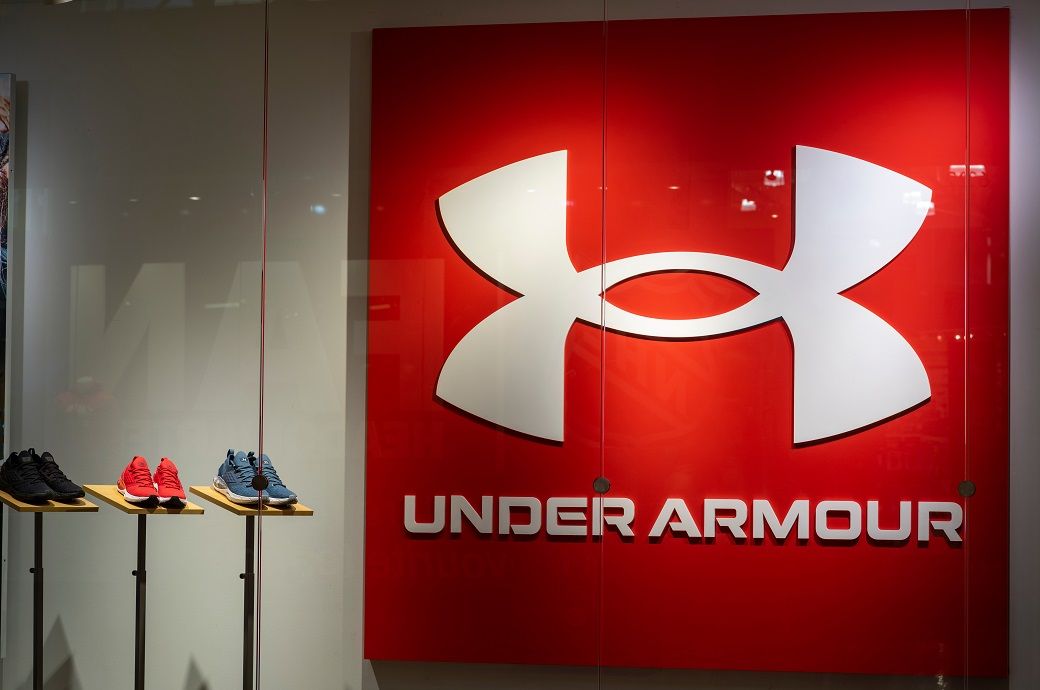
Under the separation, Curry will become independent of Under Armour. UA will release the Curry 13 – the final Curry Brand x Under Armour shoe – in February 2026 as planned, with additional colorways and apparel collections available through October 2026.
Under Armour and Stephen Curry will separate Curry Brand, concluding their decade-long partnership.
Curry Brand becomes independent as Under Armour refocuses on its core label and releases the final Curry Brand x UA shoe in February 2026.
Both praised the partnership’s impact on youth sports, community work, and performance innovation, with Curry signalling ambitious future growth.
“It’s been an incredible privilege to work with Stephen, who as President of Curry Brand has been much more than an ambassador – he’s become a thoughtful and strategic business leader,” said Kevin Plank, Founder and CEO of Under Armour. “Together with our teammates, he helped build something rare: a brand with credibility, community impact, and product that performs at the highest level. For Under Armour, this moment is about discipline and focus on the core UA brand during a critical stage of our turnaround. And for Stephen, it’s the right moment to let what we created evolve on his terms. We’ll always be grateful for what he’s brought to the UA team.”
Launched in 2020 as an extension of Stephen Curry’s longtime partnership with Under Armour, Curry Brand has combined performance innovation with community investments – especially in youth sports and underfunded basketball programs – while serving as a global platform for both parties’ on and off-court values. Through this partnership, Under Armour expanded its Project Rampart youth sports and education initiative to Oakland, and it will continue to support those efforts.
“Under Armour believed in me early in my career and gave me the space to build something much bigger and more impactful than a shoe. I’ll always be grateful for that.” said Stephen Curry. “Curry Brand was created to change the game for good and over the past 5 years, we successfully changed the game for kids, for communities, and for basketball. What Curry Brand stands for, what I stand for and my commitment to that mission will never change, it’s only growing stronger. I’m excited for a future that’s focused on aggressive growth with a continued commitment to keep showing up for the next generation.”
“This move lets two strong teams do what they do best,” Plank added. “Under Armour is focused on product innovation and performance for athletes at every level. Curry Brand gets the independence to determine its own future. That’s good for Stephen and good for UA.”
Note: The headline, insights, and image of this press release may have been refined by the Fibre2Fashion staff; the rest of the content remains unchanged.
Fibre2Fashion News Desk (RM)
Fashion
China’s T&A exports down 1.6% in Jan–Oct amid soft global demand
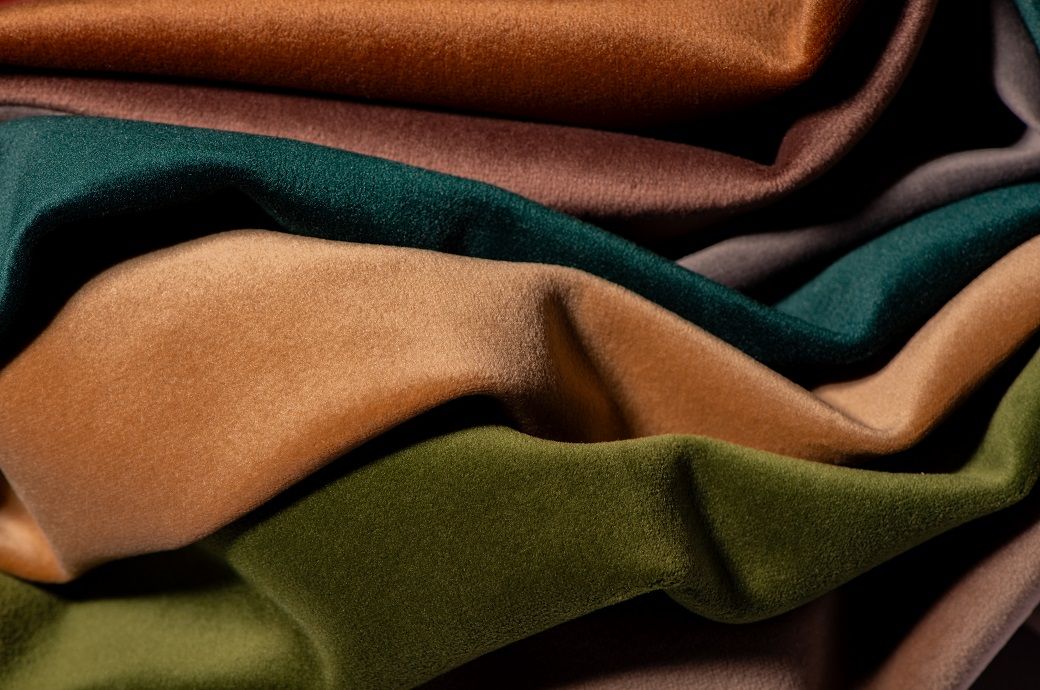
The contraction underlines continued pressure on China’s textile-apparel trade amid a sluggish global demand environment and the diversification of sourcing by international brands. Weak consumer sentiment in key markets and greater supplier competition have kept export growth muted.
Exports of textile products—including yarns, fabrics, and related articles—rose *.* per cent to $***.*** billion, up from $***.*** billion in ****. This indicates resilience in upstream categories, supported by steady industrial and technical textile orders. These categories benefit from stable long-term contracts and less sensitivity to fashion-driven volatility. In contrast, garment and accessory exports dropped *.* per cent to $***.*** billion from $***.*** billion, as overseas retailers adjusted inventories and shifted part of their sourcing to Vietnam, Bangladesh, and Turkiye. Higher labour costs and geopolitical risks have accelerated sourcing shifts away from China, particularly in labour-intensive apparel segments.
Fashion
US’ AAFA backs tariff-free trade steps with El Salvador & Guatemala

The American Apparel & Footwear Association (AAFA) has welcomed frameworks for agreements on reciprocal trade with El Salvador and Guatemala. These frameworks incorporate key features vital for the US textile, apparel, and footwear industry.
AAFA has welcomed new frameworks for reciprocal trade agreements with El Salvador and Guatemala, saying they support US workers, strengthen Central American export markets, reduce consumer costs, and boost integrated supply chains.
The frameworks include removing reciprocal tariffs on CAFTA-DR–qualifying textile and apparel products.
Under these frameworks, the United States will remove reciprocal tariffs on products that qualify for the US/Dominican Republic-Central America FTA (CAFTA-DR). These actions follow each country’s commitments to take steps to strengthen their trade partnerships with the United States.
“We are grateful to President Trump and his trade negotiating teams for this bold step to support US workers and communities whose lives and livelihoods are directly enabled by US-Central American trade. These actions bolster key US export markets in Central America, reduce costs for American consumers, and reinforce the competitiveness of integrated regional supply chains that rely on US cotton and other textiles,” said Steve Lamar, AAFA president and CEO.
The removal of tariffs on these CAFTA-DR qualifying products, items like textiles and apparel that are already subject to strict rules of origin, ensures that the US/Central American partnership can continue to support workers and communities throughout the United States, AAFA said in a release.
“We urge these agreements to be finalised soon so that these gains can quickly take effect and encourage the United States to incorporate similar provisions in forthcoming agreements with our other CAFTA-DR partners,” added Beth Hughes, AAFA vice president of trade and customs policy.
Fibre2Fashion News Desk (HU)
Fashion
Mexico’s apparel sourcing from Asia-Pacific tops $4 bn in 3Q 2025

Between January and September ****, Mexico imported apparel worth $*.*** billion, covering *.*** billion garment pieces. Of this, *.*** billion pieces—equivalent to **.** per cent of total import volume—originated from Asia-Pacific suppliers, according to *fashion.com/market-intelligence/texpro-textile-and-apparel/” target=”_blank”>sourcing intelligence tool TexPro. While the value share improved from **.** per cent in the corresponding period of ****, the import volume dipped slightly from *.*** billion pieces to *.*** billion, indicating a higher average unit value as buyers shifted towards higher-value or better-quality product categories.
In comparison, apparel imports in the first nine months of **** were $*.*** billion (*.*** billion pieces), of which the Asia-Pacific region accounted for $*.*** billion or **.** per cent. On a full-year basis, Mexico imported apparel worth $*.*** billion in ****, including $*.*** billion from the region (**.** per cent share). The annual trend suggests that Asia-Pacific’s contribution has consistently remained close to ** per cent since ****, when total imports stood at $*.*** billion, followed by $*.*** billion in **** reflecting sustained reliance on Asian hubs for mass-market fashion, basics, and fast-moving apparel categories.
-

 Entertainment1 week ago
Entertainment1 week agoChina unveils£5.4 bn Fujian, its most advanced aircraft carrier yet
-

 Tech6 days ago
Tech6 days agoFrom waste to asset: Turning ethanol production CO₂ into jet fuel
-

 Politics1 week ago
Politics1 week agoIDF lawyers warned of possible Gaza war crimes: US intel findings
-

 Entertainment1 week ago
Entertainment1 week agoRobert Pattinson jokes about competing with Gen Z
-

 Sports1 week ago
Sports1 week agoIsraeli cycling team loses top sponsor despite honoring request to remove country from name
-

 Entertainment1 week ago
Entertainment1 week agoAlex Cooper apologizes to Taylor Swift for bizarre admission
-
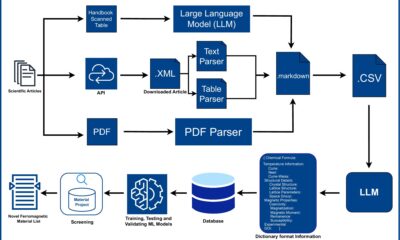
 Tech1 week ago
Tech1 week agoMagnetic materials discovered by AI could reduce rare earth dependence
-
Sports7 days ago
College football winners and losers: The catch of the year saves Indiana


